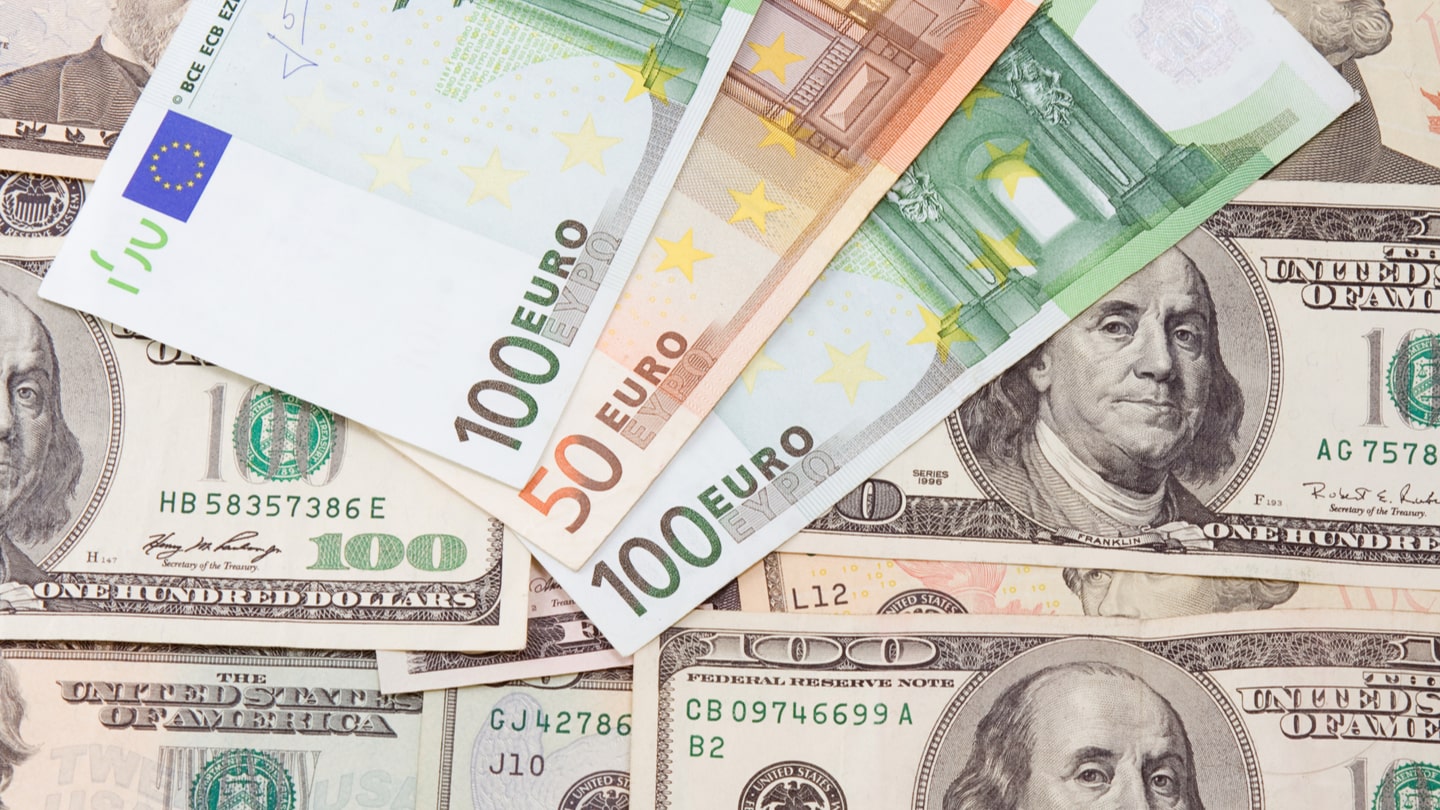Russia Ends Dollar/Euro Currency Peg, Moves to Free Float

The Bank of Russia took another step towards a free float ruble by abolishing the dual currency soft peg, as well as automatic interventions. Before, the bank propped up the ruble when the exchange rate against the euro and dollar exceeded its boundaries.
“Instead, we will intervene in the currency market at whichever moment and amount needed to decrease the speculative demand,” the bank’s chairwoman, Elvira Nabiullina, said in an interview with Rossiya 24 Monday.
The move is edging towards a floating exchange rate, which the bank hopes to attain by 2015.
“Effective starting November 10, 2014, the Bank of Russia abolished the acting exchange rate policy mechanism by cancelling the allowed range of the dual-currency basket ruble values (operational band) and regular interventions within and outside the borders of this band,” the bank said in a statement Monday.
“As a result of the decision the ruble exchange rate will be determined by market factors, which should promote efficiency of the monetary policy of the Bank of Russia and ensure price stability,” the central bank said.
Foreign exchange intervention is still at the bank’s disposal, and is ready to use in the case of “threats to financial stability,” according to the statement.
Propping up the ruble can cost the Central Bank of Russia billions of dollars per day, coming out of the country’s reserve fund. In October alone, the bank was forced to spend $30 billion to defend the weakening ruble. On November 5, the bank announced it had limited the reserves it is willing to spend to inflate the ruble to $350 million per day in order to slash speculation and volatility. The decision triggered a three-day plunge for the Russian currency.
On Monday, the ruble recovered slightly after Russian President Vladimir Putin assured speculative drops would cease in the near future. The Russian currency gained 1 ruble against the dollar and the euro on the announcement.
The Russian ruble has weakened considerably along with dipping oil prices, as well as the introduction of western sanctions, which bars many Russian companies from long-term borrowing on western capital markets.
New focuses on monetary policy
The Central Bank of Russia’s un-pegging of the ruble from the dollar and euro brings to an end two decades of exchange rate controls. The transition to a free exchange rate means monetary policy in Russia moves to interest rates and inflation targeting.
Experts say, this CBR decision deprives speculators of baselines in the currency market and will stabilize the exchange rate of the ruble against the dollar and euro in the short-term, TASS reports.
“… if you take a look at [these ruble fluctuations]more carefully, the oil prices stabilized around $82-$83 for some time now and the oil dropped about 30 percent where the exchange rate was dropping, and all the course of the last week the ruble weakened by 15 percent and in total by about 50 percent. So what is the reason? The answer is in a way simple. It’s the speculative forces in the market,” Pyotr Panov, managing director at Lakeshore International, told RT.
Russia operated as soft peg currency band from 1995 until 2008 when it was replaced by a dual currency band of the euro and the dollar.
This mechanism allowed interventions in the foreign exchange market to be adjusted by the Central Bank conducting large-scale buying or selling of currency when the ruble fell beyond the trading band perimeter. It was a mild form of control over the ruble.
The Central Bank cancelled the currency band in 2011, after the crisis of 2008. Then the ruble devalued by 40 percent and about a third of the country’s foreign exchange reserves was spent supporting it. But the main reason for changing the CBR’s policy was its inability to curb inflation and reduce it to low single figures.
The CBR then moved to a managed floating exchange rate, gradually widening the currency band perimeters. The managed float assumed the Central Bank didn’t prevent movements in the ruble exchange rate caused by the influence of fundamental factors. Instead it smoothed out fluctuations by intervening in the currency band. The rules were changed gradually until foreign exchange interventions stopped today.




